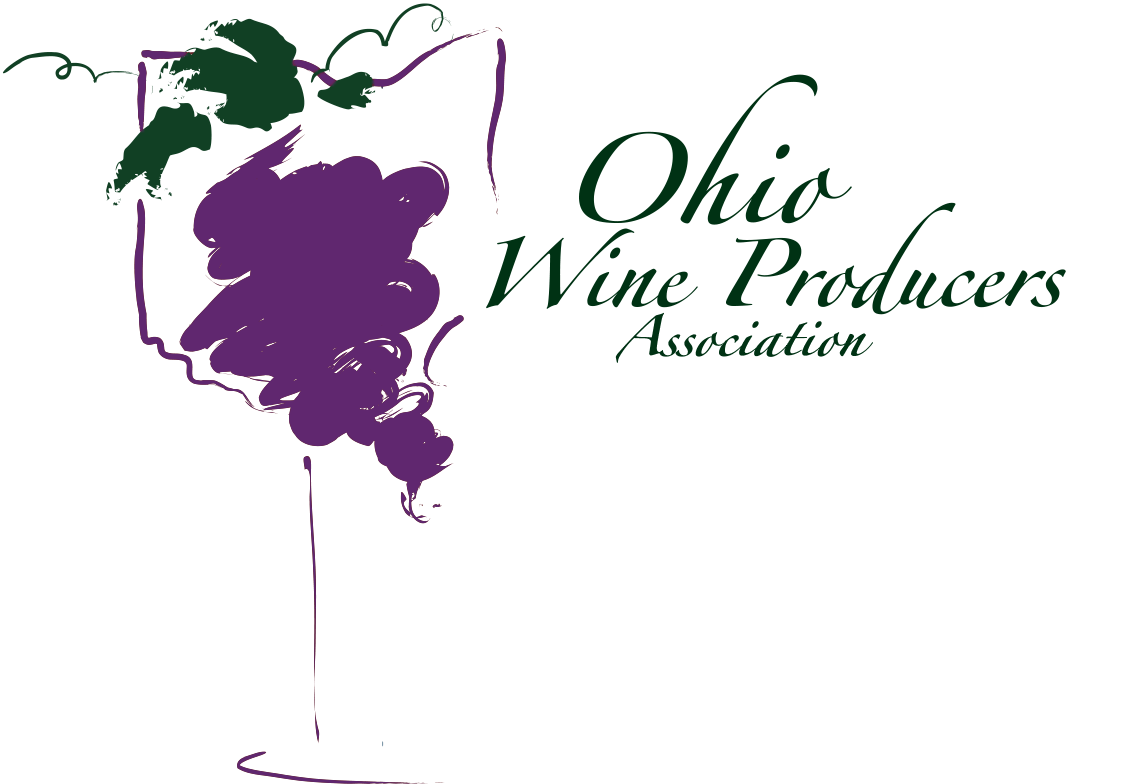Bits and Pieces
In the wine business, there are dozens of commonly used terms and phrases that may mystify even regular wine drinkers. And while some elitists and professionals might enjoy reading an entire book about ‘boytris cinerea’ [noble rot that adds complexity to certain finished wines], for most of us, a short, descriptive paragraph provides all the information we need. Here are half a dozen of these terms.
Blanc de Blanc and Blanc de Noir: These French phrases indicate the color of grapes from which wine is produced. Literally they are translated: white of white and white of black. In practice, they reference white wines [or sparklers], the first made from white grapes and the second from red grapes that are crushed and quickly removed from skin contact which would otherwise impart color to the juice.
Chaptalization: When Mother Nature does not provide enough natural sugars during a growing season to allow for a good fermentation with an appropriate finished level of alcohol, a winemaker may sweeten the fresh juice [aka, ‘must’] by adding sugar.
Decanting: This term describes the removal of wine from its original bottle into a separate vessel. It was once done to eliminate sediment that had collected in older wines in an era before modern winemaking techniques. Now, decanting is sometimes used to allow sophisticated reds to ‘breathe,’ aka be exposed to oxygen and release flavor and taste nuances which would otherwise not be evident.
Estate bottled: When a region can produce its own grapes [like in our own Grand River Valley or along the Conneaut Creek], vintners are allowed to use the phrase if 100% of the grapes in the bottle are grown on the farm fields that supply that winery. The phrase is always used to denote that winery’s very best releases of that variety.
Fermentation: This is the process of conversion of grape juice into wine. The grapes are crushed and their natural sugars are converted, via the action of yeast, into alcohol. During that process, carbon dioxide is emitted. When the alcohol reaches about 15 percent, it kills the yeast and stops the fermentation.
Vintage: The date on a bottle of wine denotes the year in which the grapes were grown. In places like California’s Central Valley, where growing conditions from one year to the next are virtually indistinguishable, few vintage dates appear. Also, when a winery releases a ‘blended’ or ‘proprietary wine’ made from several varieties produced in numerous years, no vintage dates are listed on the labels. However, in places where weather conditions from one year to the next can be dramatically different [as along Lake Erie, in most European vineyards, and in some of California’s famed ‘valleys’], it is important for the winemaker to denote, for the savvy consumer, what to expect once the cork is popped. And in exceptional growing seasons, vintage dating offers the vintner a chance to showcase the best of the best from his wine cellar.
This list could go on and on and on. Beyond a wonderful world of great tastes and aromas, wine also challenges a wine lover’s intellect. And while its chemistry it's purported to fight dementia, the life long learning opportunities it offers may help to brain active too.
A votre sante’. For more information: dwinchell@OhioWines.org
